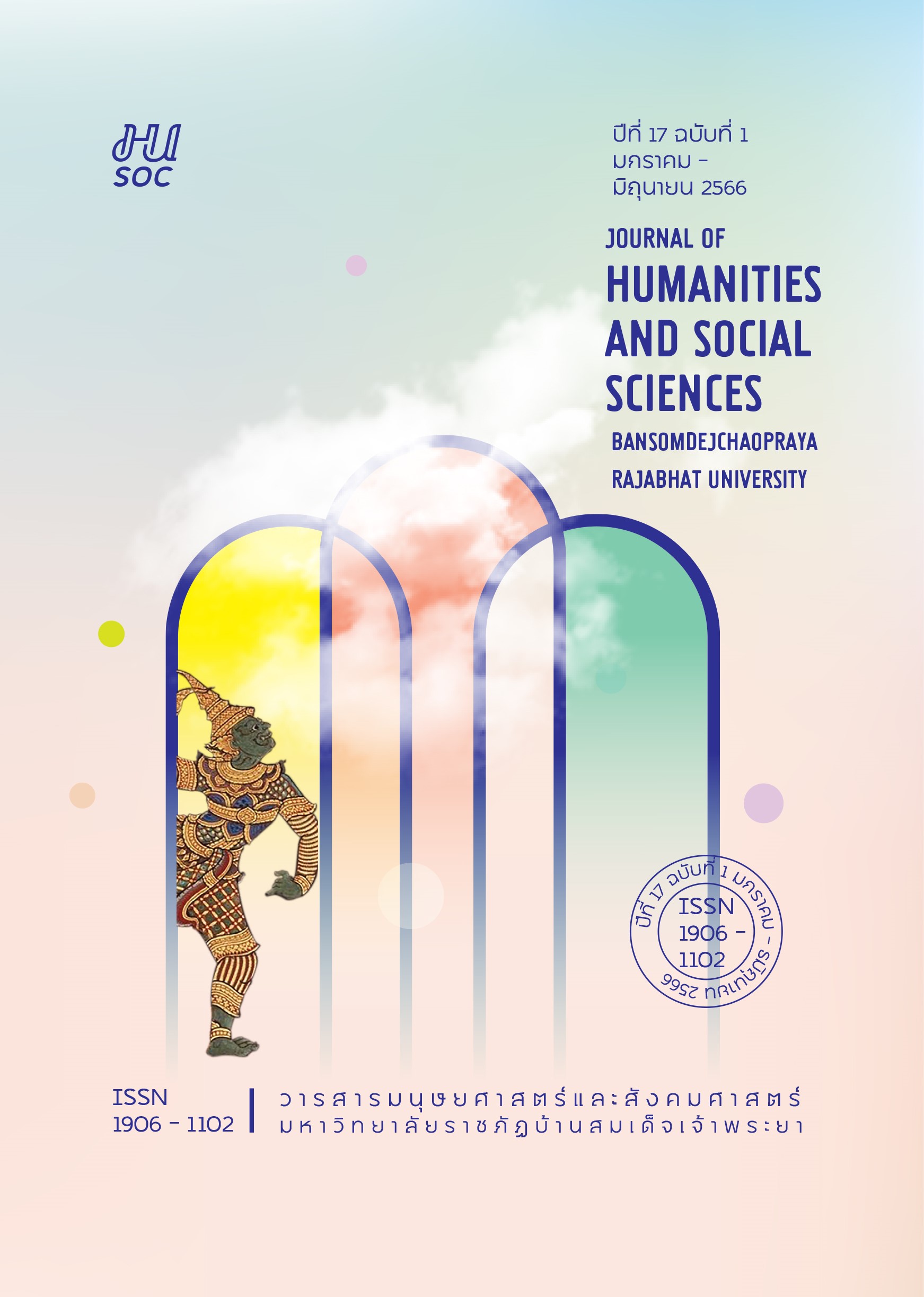The Washback Effect of the HSK Test on Chinese Teaching and Learning in Northern Thailand University
Keywords:
The Washback Effect, the HSK Test, Chinese Teaching and Learning, Northern Thailand UniversityAbstract
The purpose of this study was to investigate the washback phenomenon of the HSK test and how it affects Chinese language teaching and learning at northern Thai universities, and to apply the study’s findings as recommendations for teaching and learning Chinese for Thai teachers and university students. The research employed a quantitative approach. The research tools were divided into two sets: the HSK Washback Phenomenon Questionnaire that Affects the Teaching of Chinese Teachers in Northern Thailand Universities and the HSK Washback Phenomenon Questionnaire that Affects the Learning of Chinese at the University of Northern Thailand. Thirty Chinese language teachers from universities in northern Thailand and 150 Chinese language students who have passed the HSK exam comprise the sample group. Mean and standard deviation were utilised for statistical analysis of the data. The results indicated that the HSK test had a greater positive impact on teaching Chinese in universities in northern Thailand (x̄ = 3.59, SD = 0.61) than a negative impact (x̄ = 2.49, SD = 0.32). Additionally, Chinese students had more positive (x̄ = 4,56 SD = 0.37) than negative (x̄ = 3,66 SD = 0.38) responses.
References
BUCK, G. (1988). Testing listening comprehension in Japanese university entrance examinations. JALT Journal, (10), 12-42.
Hughes.A. (1989). Testing for Language Teachers. Cambridge: Cambridge University Press.
Liu Qi, Fan Xiuying และ Liu Rui. (2020). The Washback Effect of HSK Level 4 Test on Chinese Teachers in Thailand. ว.วิชาการภาษาและวัฒนธรรมจีน มหาวิทยาลัยหัวเฉียวเฉลิมพระเกียรติ, 7(2), 107-122.
Shen Yi & Yang Anfei. (2020) . Discussion on the Promotion Mode of HSK Test in Thailand. Retrieved 25 April 2022, from https://m.fx361.com/news/2020/1116/7226194.html
Shohamy, E. (1992). “Beyond proficiency testing: a diagnostic feedback testing model for assessing foreign language learning.” The Modern Language Journal, (6), 513-521.
Alderson, J. C., & Wall, D. (1993). Does Washback Exist?. Applied Linguistics, (14), 115-129.
Wang Xuelian. (2020). An investigation of the washback effect of the new HSK Level 3 test on Chinese learners in Kyrgyzstan. (Master of Teaching Chinese to Speakers of Other Languages). Xinjiang: Xinjiang University.
Downloads
Published
How to Cite
Issue
Section
License

This work is licensed under a Creative Commons Attribution-NonCommercial-NoDerivatives 4.0 International License.



